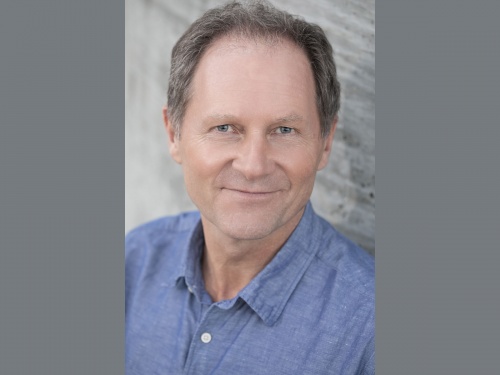
- Date/Time
-
09/21/21
- Instructors
- Haaland
- Cost
- 699.00
+ $75.00 (admin fee)
Total: $ 774.00
View the CE Class Cancellation Policy HERE - Payment options available upon enrollment
- Discount
- Save $150 when you register by 9/14/2021
- CE Credits
- 6 Rolf Movement Credits
45 NCBTMB Continuing Education Hours
(30 hours Webinar, 15 hours Home Study) - Location
- Online via Canvas, UNITED STATES
Summary
Details
6-week class starting September 21st and going through October 28th.
The hours will be Tuesdays and Thursdays 4 PM to 6:30 PM Pacific Time, with an additional 2.5 hrs/week for student homework/reading/video/practice sessions, etc.
This course offers a missing piece in Rolf's recipe: explicit consideration of how the goals and steps of structural integration translate into improved body stability and capacity for self-care. We will address stability from Rolf's view that there is such a thing as normal body behavior; human bodies have an inherent capacity to respond efficiently and effectively to physical and psychological challenges. We can find stability and express lengthening at the same time. Through our work with clients, they can learn to discern and value non-effortful stability.
Topics include:
- What does normal stability look and feel like?
- How do anatomical structures contribute to stabilization?
- Where does stabilization fit into an SI series?
- How does one clarify the pre-movement moment?
- How does enhanced stability translate into improved coordination?
- How does self-care embed into each session of a series?
We will use Hubert Godard’s Tonic Function model to better understand the surprising complexities of stabilization. How do we move from stabilization-based-on-effort to finding our stability through a more nuanced response of our tonic system?
The course will feature lectures, discussions and experiential somatic practices to highlight the topics of Tonic Function, stabilization, and somatic self-expression. Reading materials and video links provided for self-study will update us on recent scientific discoveries in the field of biomechanics, perception, and coordination, serving as the basis for class discussions. Students will learn relevant Rolf Movement sessions and self-care practices which will be demonstrated live and through video presentation. These sessions will be performed by students on their own clients, followed by class debriefings and question and answer sessions. As a clear step-by-step reference guide and for easy future recall, students will be provided with an illustrated booklet containing detailed descriptions of each session.